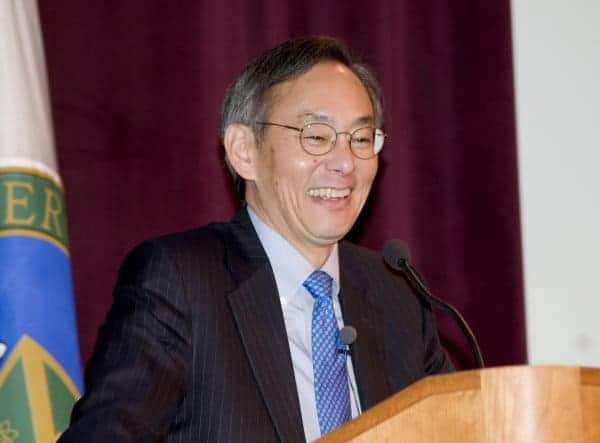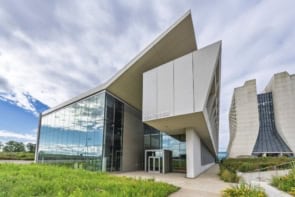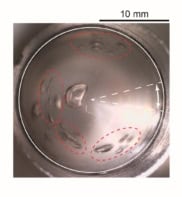
New US energy secretary Steven Chu has outlined how the Department of Energy will spend $1.2bn of the $1.6bn in research funding provided by the American Recovery and Reinvestment Act, which became law in February. Chu says most of the money for science from President Barak Obama’s stimulus package for 2009 will be spent on accelerating the progress of existing “shovel-ready” research projects and lab construction programmes.
The package includes $277m for Energy Frontier Research Centers. These are small-scale research projects at universities and national labs that focus on creating new technologies for generating and distributing clean energy. The programme, which will award grants worth $2-5m per year over a five-year period, was originally put forth by the Bush administration with a budget of $100m per year.
US national labs will receive $830.2m thanks to the act, although a large fraction — some $688.2m — had already been promised to the facilities. Winners include the Brookhaven National Laboratory in New York, which receives $184.3m. Most of this will be spent on accelerating the construction of Brookhaven’s National Synchrotron Light Source-II, which is expected to begin this year.
Upgrades and infrastructure
Another big winner is the Pacific Northwest National Lab in Washington State, which will get $124m to allow it to buy equipment for its Environmental Molecular Sciences Lab and ARM Climate Research Facility. Meanwhile, the Lawrence Berkeley National Laboratory in California, which Chu headed before joining President Obama’s cabinet, will gain $115.8m to advance the construction of a user-support building for its existing Advanced Light Source synchrotron facility.
The Thomas Jefferson Lab in Virginia will get $75m, which will mostly be spent on a planned upgrade of the lab’s Continuous Electron Beam Facility to run at 12 GeV instead of the current 6 GeV. The project, which is scheduled to begin next month, should be completed in 2015.
Fermilab in Illinois will receive $34.9m to hasten the construction of the NOvA underground neutrino detector in northern Minnesota. The Oak Ridge, SLAC, Ames and Argonne national labs will also benefit from the stimulus package. Finally, some $90m has been allocated to support graduate students and scientists across the US. Chu has also committed $69m to create a 100 Gbit/s data network linking US research centres.
Speaking at Brookhaven yesterday Chu said the money “will create thousands of jobs and breathe new life into many local economies, while helping to accelerate new technology development, renew our scientific and engineering workforce, and modernize our nation’s scientific infrastructure”.
Initiation rites
Chu, who shared the 1997 Nobel Prize for Physics for his work on atom cooling and trapping, is one of several scientists to join Obama’s Administration. His appointment was widely welcomed by physicists, although Chu was quoted yesterday in the New York Times as saying that his initiation to the cut-throat world of Washington politics has been like being “dumped in the deep end of the pool”.
Chu, a keen supporter of biofuels, is keen to end US dependence on carbon-based fuels and speed up its action on climate change. “If we don’t spend this money wisely and invest in new technology that addresses these challenges,” he told the New York Times, “we will have failed the country. We will have failed the world.”
Last week the plasma physicist John Holdren was finally sworn in as Obama’s science advisor. Also last week, Obama nominated another physicist to his administration – theoretical physicist Steven Koonin has been tipped as Under Secretary of the DOE. Koonin has been Chief Scientist at the oil company BP since 2004 and before that was at Caltech for 29 years.



